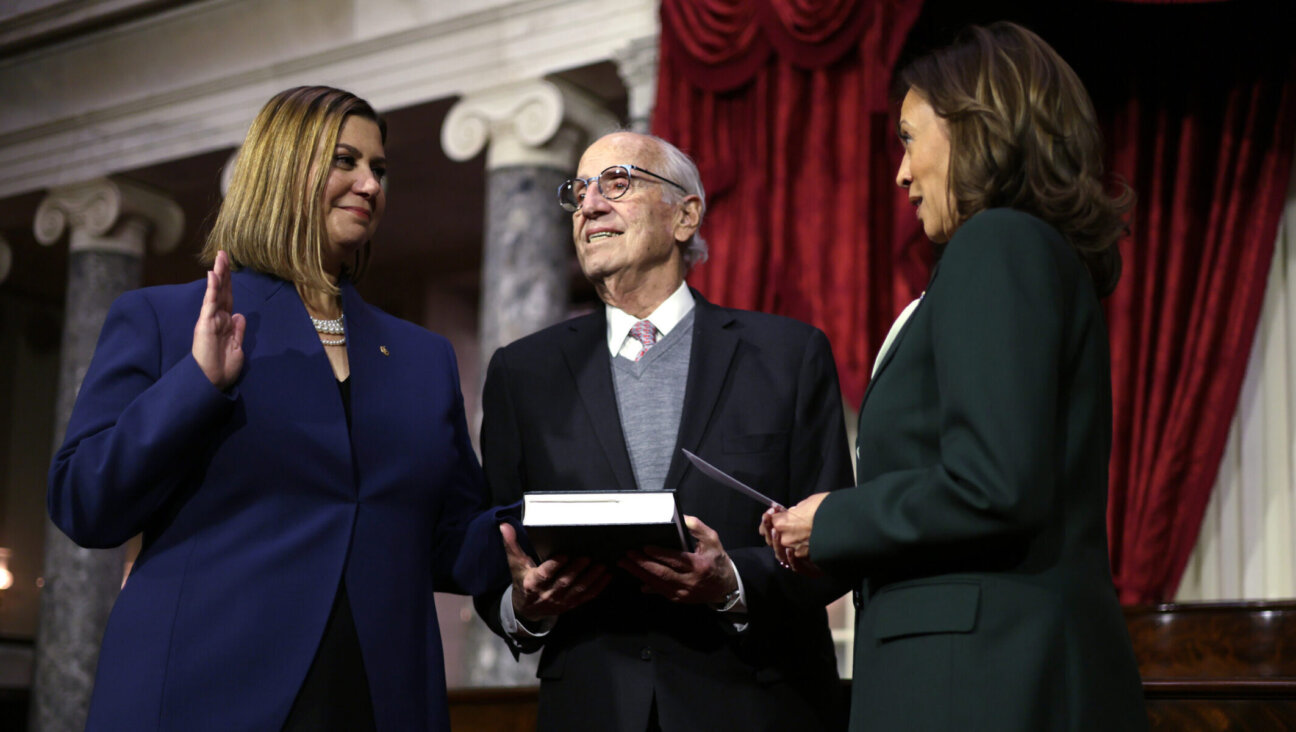The Low Cost of America’s Food

Image by Flickr: SliceOfChic
I recently came upon a thoughtful piece from Dr. Janet Chrzan of the Department of Anthropology at the University of Pennsylvania and Founder of the Oakmont Farmers’ Market in Havertown, PA. Chrzan wrote about an experiment she did (as a mental break from her academic writing) about the cost of food. While trolling through old advertisements on the “Philadelphia Inquirer”, she found one from 1951 advertising Thanksgiving turkeys for 73 cents per pound. That caught her eye because it’s so much more than what they cost nowadays at the supermarkets. She assumed it was used as a “loss leader,” a retail term that depicts merchandise used to entice shoppers to step into the store and at a price that may not actually reflect the costs. She recalled that the price last Thanksgiving was 39 cents per pound, which she remembers because she tracks loss leaders, comparing them with the prices at the farmers’ market she runs.
Using an online calculator, she translated the old advertised price into 2011 dollars, arriving at $6.40 per pound, based on inflation of 3.68%. Conversely, 39 cents in 2011 translates into 4 cents per pound in 1951. “Wow,” she wrote, “that demonstrates just how much industrial farming has decreased the cost of food over 60 years…but it also puts into perspective the value of the turkeys that my turkey farmer produces, using methods similar to the methods used in 1951. He charges $3.50 a pound for pastured hormone-and-antibiotic — free birds, almost half the comparable price of the loss leader of 1951. And the turkeys taste really good.”
Chrzan invited me to her home to discuss this topic further. She reminisced about the first year her market offered pastured (free-range), non-kosher turkeys for $3 per pound from Axel Linde of Linderhof Farms in Lancaster County, PA, and she worried about her patrons’ welcome because Havertown is in a mixed-income district. To her amazement, they took in over 400 orders that year (2007) and patrons raved later about the taste of the meat.
The traditional cost of food (before the 20th century) was about 25-50% of a family’s income, which still holds for the developing nations. However, the U.S. government has a strategic policy of heavily subsidizing the production costs of meat, cooking oil, and sugar (through the soy and corn crops), to promote the purchase of consumer goods. Vegetables, even from large producers, are not subsidized. Altogether, the cost of food as a percentage of median income has dropped from 33% in 1910 to about 9% today — and that includes the cost of eating outside of the home and the spending of poor families. This statistic is lower than at any time in U.S. history and lower than anywhere else in the world. According to the U.S. Department of Agriculture, U.S. food prices have risen faster than at any time since 1990, but Americans overall still spent less than 10% of their disposable income on food. The irony is that despite our country’s capability to feed the world, we still have very high food insecurity in our own country.
Americans have come to expect food to be cheap, and that’s not a good trend, although it’s understandable in a culture that values getting a good deal (as in paying less money for our goods). The artificially low prices of loss leaders become the standard in people’s minds, and they expect low prices at other times and other places. Most damaging of all: When something is cheap, people do not value it and they tend to waste a lot of it. Chrzan quotes figures of a 30% loss before food enters our refrigerators and most post-production waste is because of commercial standards of quality (such as uniform size and bright colors). She recalls reading an interview with star chef Thomas Keller (of The French Laundry, Per Se, Bouchon, Ad Hoc, and Bouchon Bakery) who revealed why there is little waste in his establishments. When he was in training and was assigned to kill a rabbit, he mismanaged his knife strokes and was mortified to realize that he had caused excess agony to the hapless creature. He thus vowed that “no animal would ever die in vain.” Food waste is a terrible disrespect to the farmers and their work.
Food advocate Michael Pollan outraged the American public when he proposed that we pay as much as $8 for a dozen eggs, but “when you think that you can make a delicious meal from two eggs, that’s $1.50. It’s really not that much when we think of how we waste money in our lives,” he said in the Wall Street Journal in 2010. Food crusaders (modern heroes in my book) can instead focus on increasing people’s access to good, pure food, as Chrzan does with her farmers’ market, instead of getting the best bargain deal. We’re privileged citizens and we should acknowledge our blessings and share our bounty with others.
Hannah Lee shops at farmers’ markets to support her heroes in the fields.
A message from our Publisher & CEO Rachel Fishman Feddersen

I hope you appreciated this article. Before you go, I’d like to ask you to please support the Forward’s award-winning, nonprofit journalism so that we can be prepared for whatever news 2025 brings.
At a time when other newsrooms are closing or cutting back, the Forward has removed its paywall and invested additional resources to report on the ground from Israel and around the U.S. on the impact of the war, rising antisemitism and polarized discourse.
Readers like you make it all possible. Support our work by becoming a Forward Member and connect with our journalism and your community.
— Rachel Fishman Feddersen, Publisher and CEO























